Art Dogs is a monthly dispatch introducing the pets—dogs, yes!, but also cats, turtles, marmosets, and more—that were kept by our favorite artists. Subscribe to receive these posts in your email inbox.
Garry Winogrand has been called “the central photographer of his generation” and his work revered as more consequential than even famed contemporaries like Diane Arbus or Lee Friedlander. He passed away in 1984, at the young age of 56, and some critics believe his style presaged the prolific way digital photographers shoot today.
During his lifetime, Garry won several Guggenheim Fellowships and a National Endowment for the Arts Fellowship. His work has been the subject of many museum and gallery exhibitions, including solo shows at the Museum of Modern Art, New York (in 1969, 1977, and 1988!), as well as the San Francisco Museum of Modern Art, the National Gallery of Art in Washington D.C., and The Metropolitan Museum of Art, New York.
Garry Winogrand was born in 1928 in the Bronx. After spending two years in the Army, he enrolled as a painting student at Columbia University in 1948. While there, a friend encouraged Garry to join him in the darkroom, which was located in the basement of the architecture building and open 24 hours a day. Those sessions were the seeds of a lifelong passion.
Sean O’Hagan wrote that Garry Winogrand became “essentially a New York photographer: frenetic, in-your-face, arty despite himself.” Yet his style elided definition. “His style was no style at all,” Vince Aletti wrote. “His pictures look perfectly artless, the opposite of the decisive moment and the epitome of the snapshot aesthetic.”
Let’s take a look.
“When I'm photographing, I see life. That's what I deal with. I don't have pictures in my head… I don't worry about how the picture is going to look. I let that take care of itself… It's not about making a nice picture. That anyone can do.” — Garry Winogrand
In his 30 years of taking photos, Garry Winogrand produced a prodigious amounts of work. Frank Van Riper described him as having “the intensity of a pig hunting truffles” while photographing. Colleagues, students and friends described him as “an almost obsessive picture-taking machine,” and his ex wife Adrienne Lubeau once said that “being married to Garry was like being married to a lens.”
He took over 20,000 rolls of film throughout the course of his lifetime. When he died, he left thousands of undeveloped rolls behind, totaling nearly 300,000 unedited images.1 “Everyone thinks there’s something about an ‘eye’ but Garry was an athlete,” one of his friends once remarked.
Garry also photographed with a surreptitious style that made it hard for people on the street to know if he’d taken a photo or not. Richard Brody explained how Garry’s approach affected his subjects:
Only one or two in a crowd who were aware of the camera’s presence and looked into the lens, not so much interacting with him as reacting to him, already too late. He was, in effect, stinging his subjects with the camera, and their gaze back was as an expression of their surprise.
In the film below, you can hear his Bronx accent and watch him sneak photographs on the street.
“When things move, I get interested.” — Garry Winogrand
In this week’s Art Dogs, we’re taking a look at the great photographer’s first book, “The Animals.” It was published in 1969, two decades after Garry Winogrand started hanging out in the darkroom of his university.
The book contains 43 black-and-white photographs taken at the Central Park Zoo, the Bronx Zoo, and the Coney Island Aquarium over a period of seven years. He took many of these photos as a newly divorced father, bringing his young children to the zoo for entertainment. Soon after, he was awarded his second Guggenheim Fellowship in 1969, and the series was shown at MoMA—his first one-man exhibition.
I think some of these photos are jaw-droppingly good. I hope you enjoy them as much as I do.
Until next time Art Dogs,
Bailey
“Winogrand’s zoo, even if true, is a grotesquery. It is a surreal Disneyland where unlikely human beings and jaded careerist animals stare at each other through bars, exhibiting bad manners and a mutual failure to recognize their own ludicrous predicaments.”
— John Szarkowksi, MoMA curator
“America is lousy with images. Perhaps that’s what makes a Winogrand a Winogrand—so-called ‘lousy’ images, the attention paid to the greasy wrapper that advertised the already-eaten hamburger. Winogrand’s attention to detail within the frame that is America is literary in tone: The details evoke the story he means to tell. And that story is always political.”
— Hilton Als
“I think part of the aim was to unsettle people's ideas, whether his own or other people's. To move people out of an unquestioning space and to some less settled space in which the authority of rules and structures was broken up a bit.”
— Eileen Hale, Garry Winogrand's widow
https://web.archive.org/web/20120426010017/http://andygreaves.wordpress.com/2010/08/21/gary-winogrand/


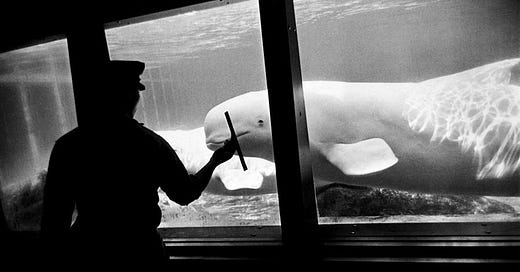


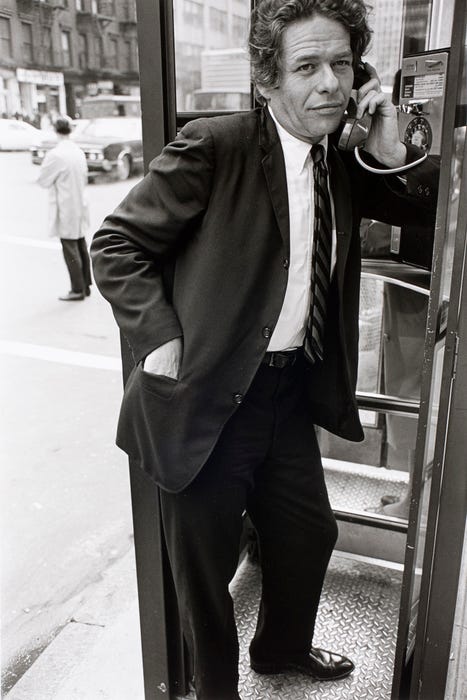
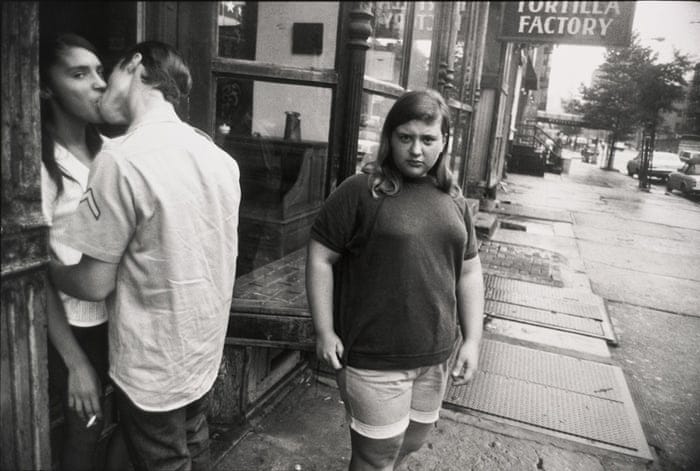
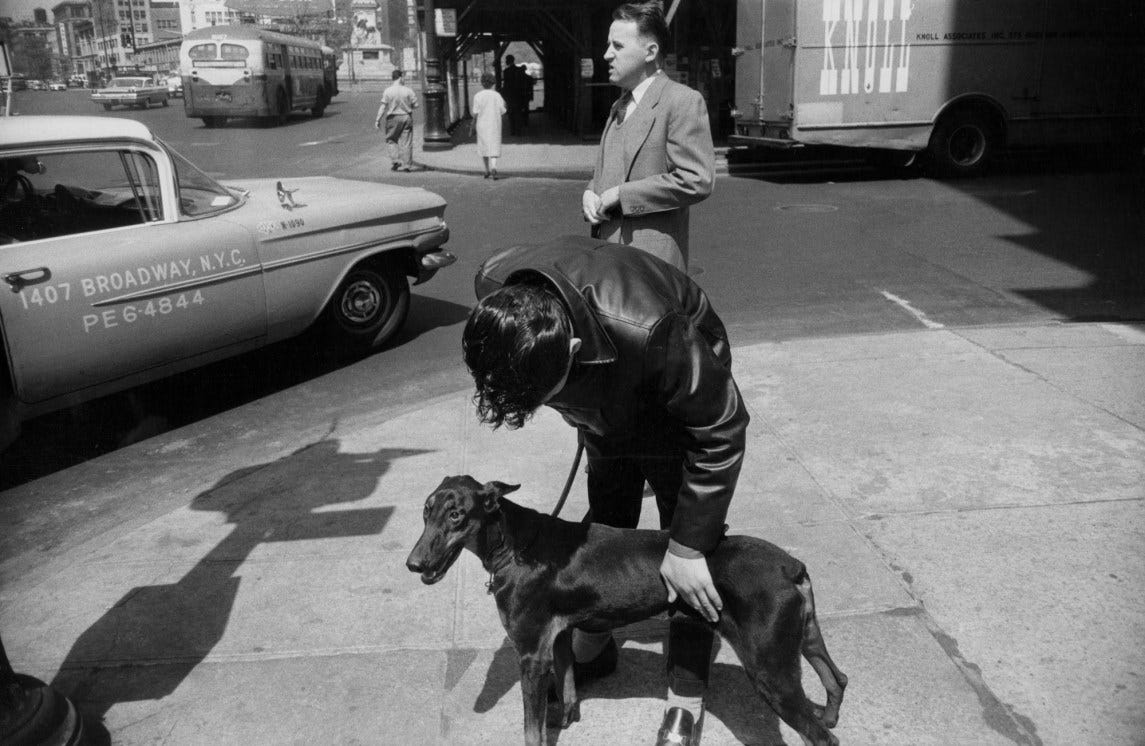
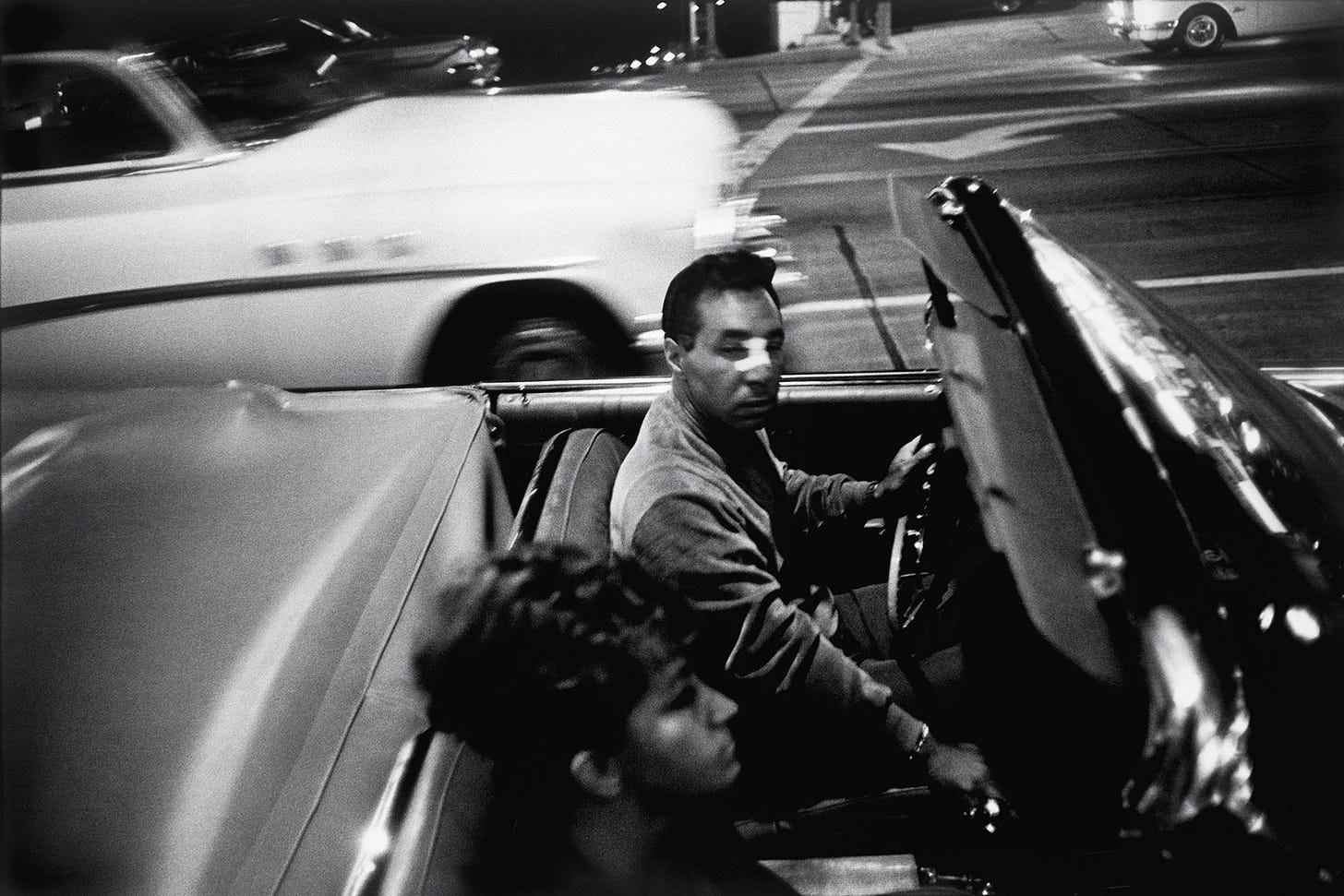

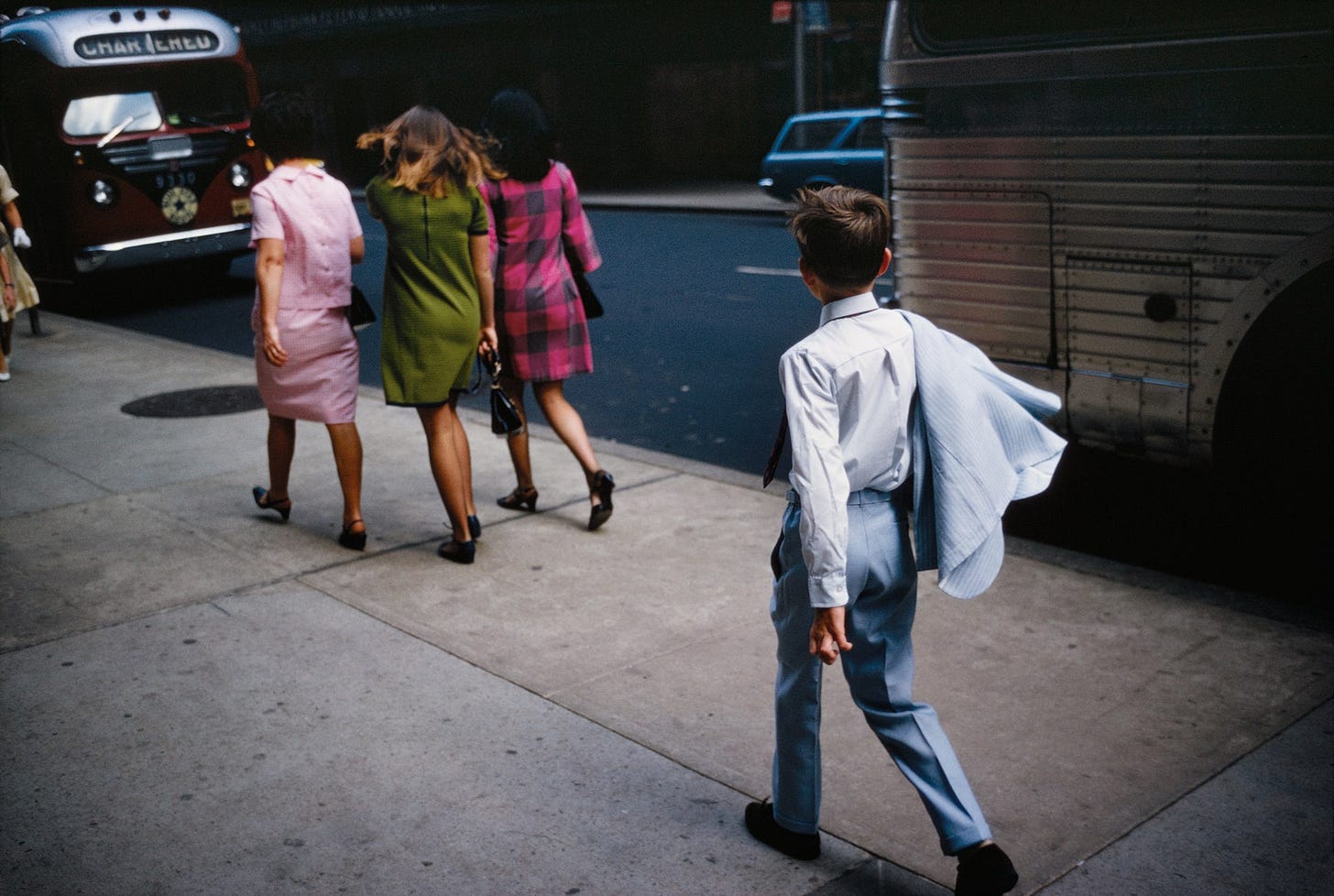
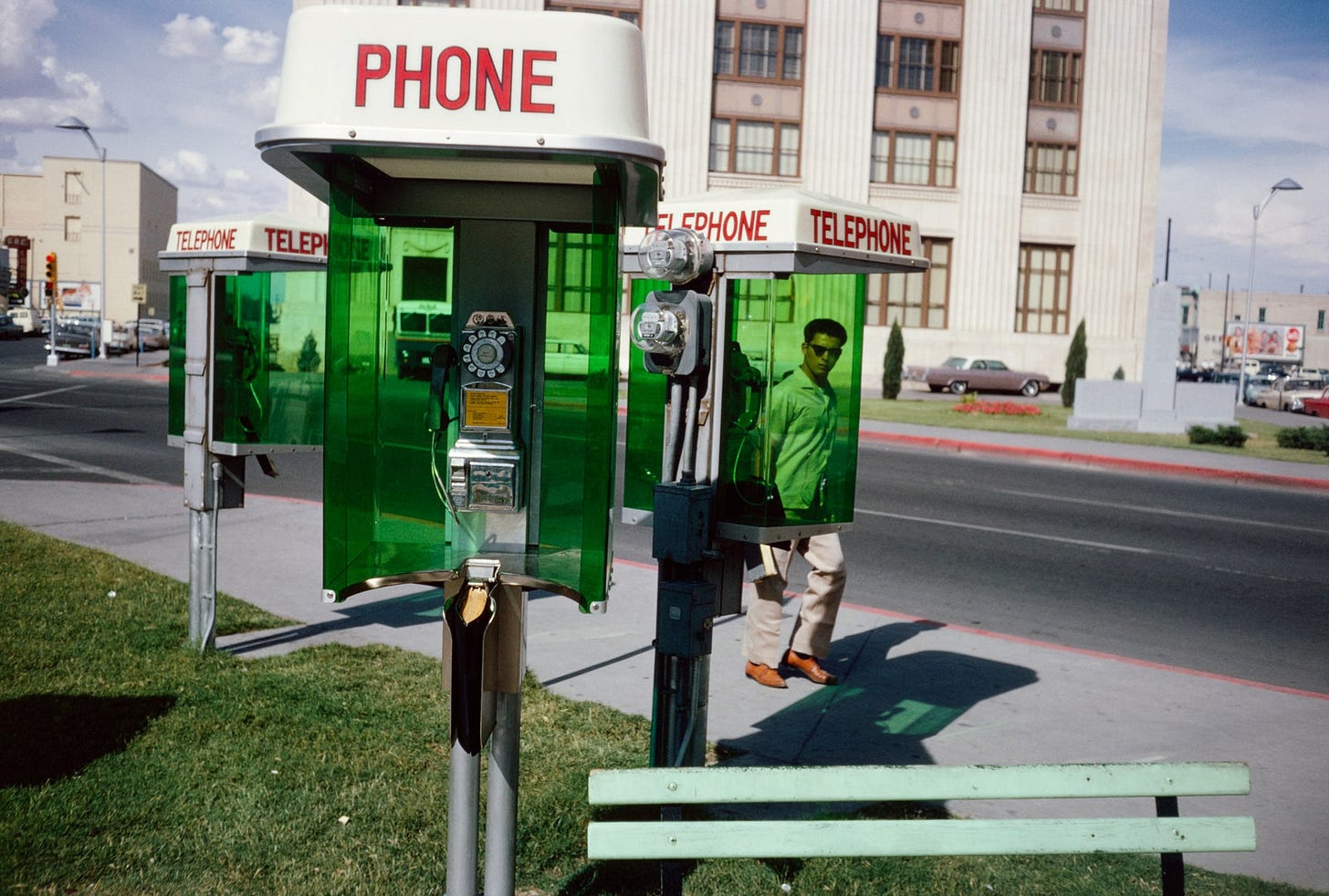
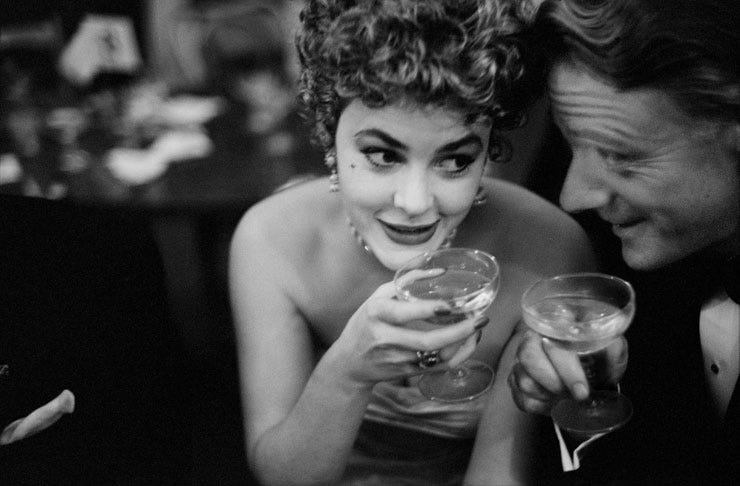
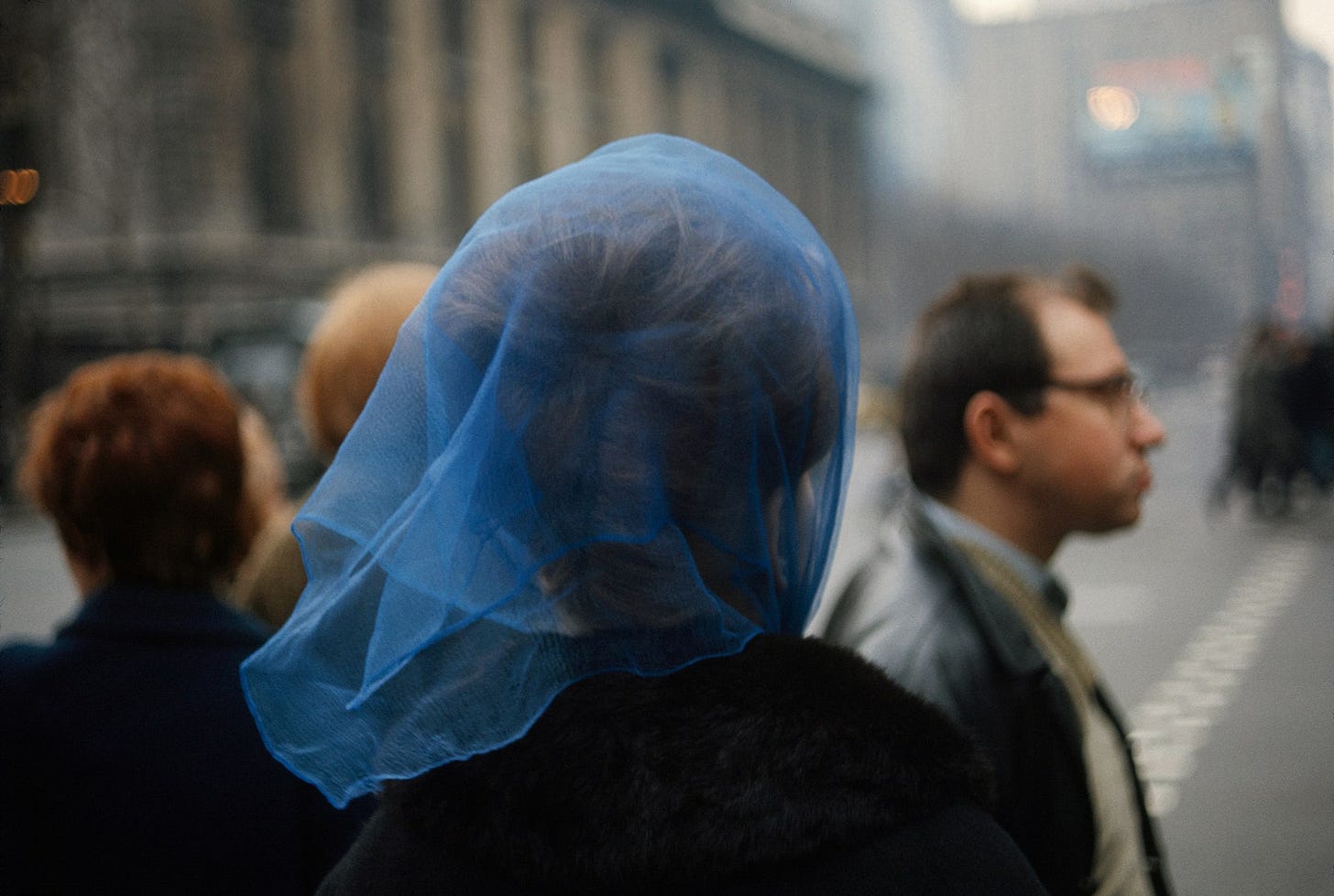

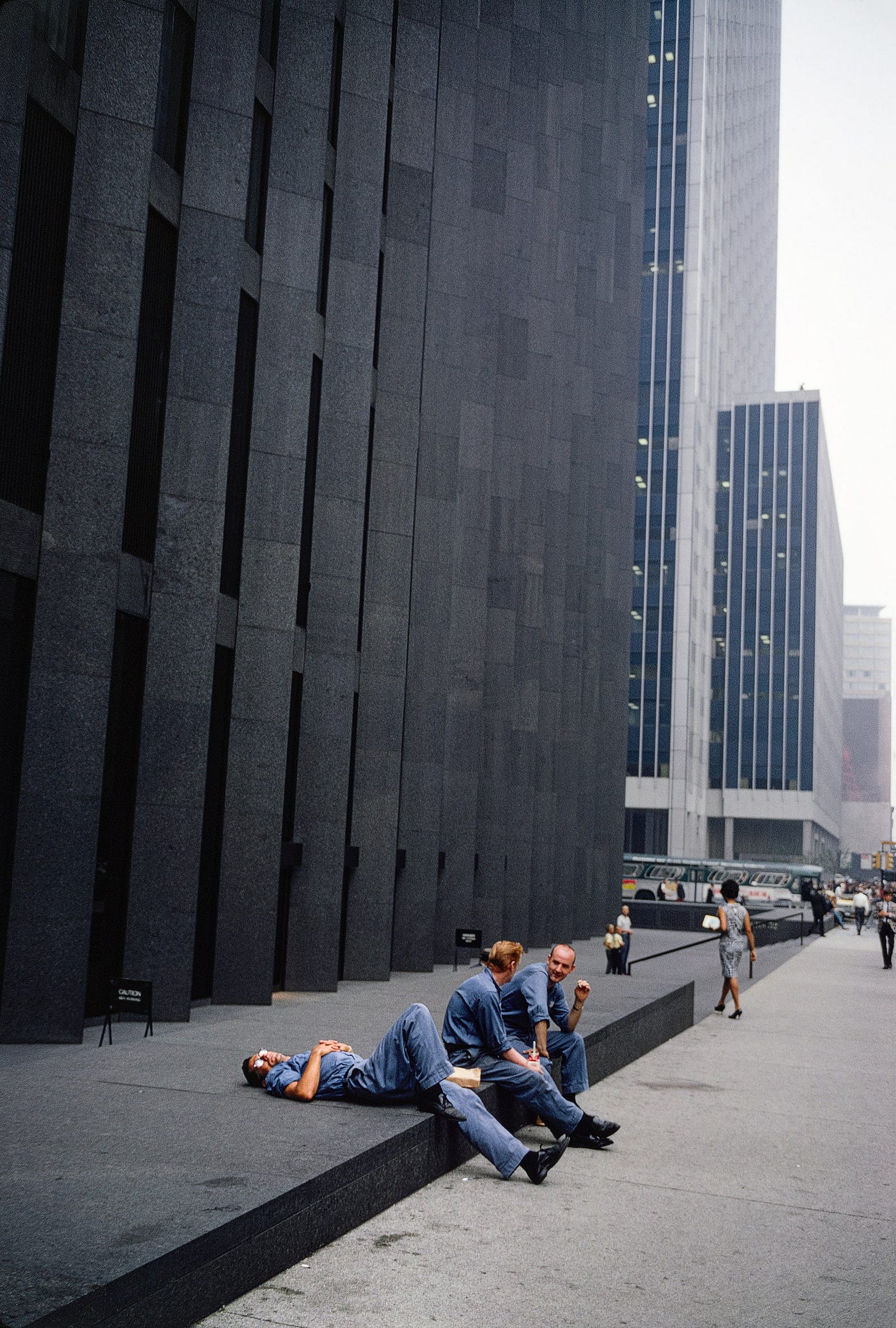

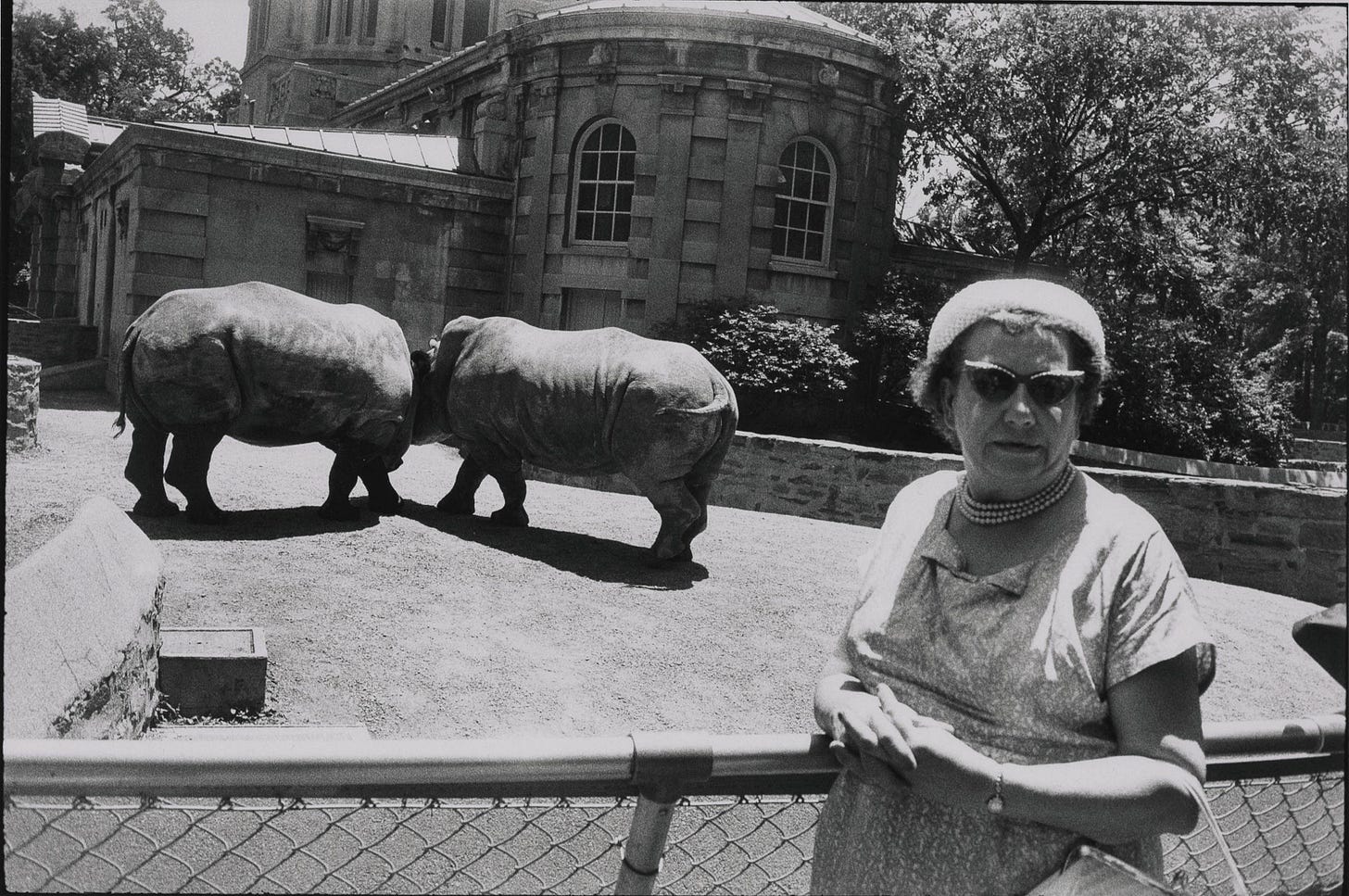

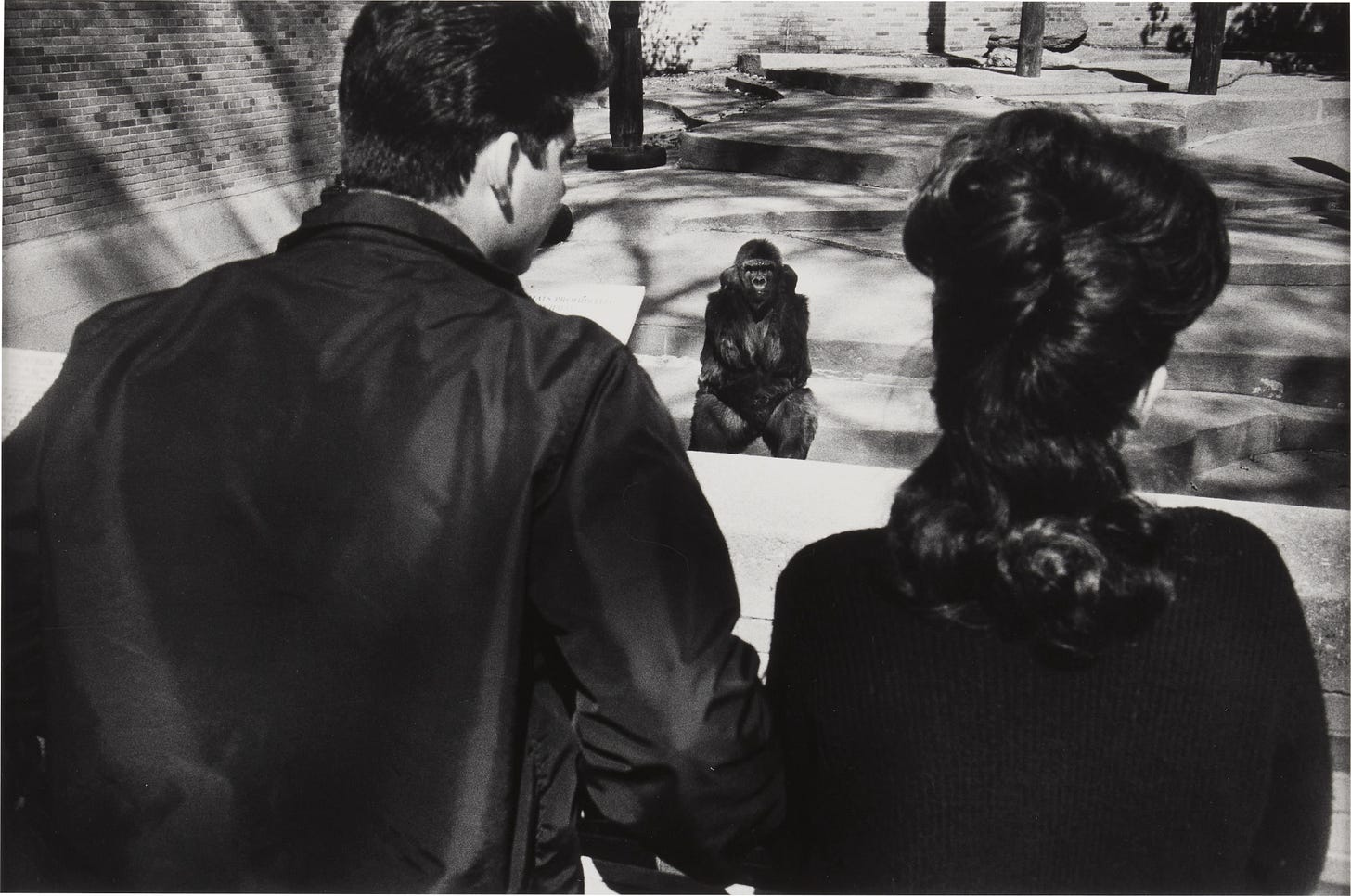

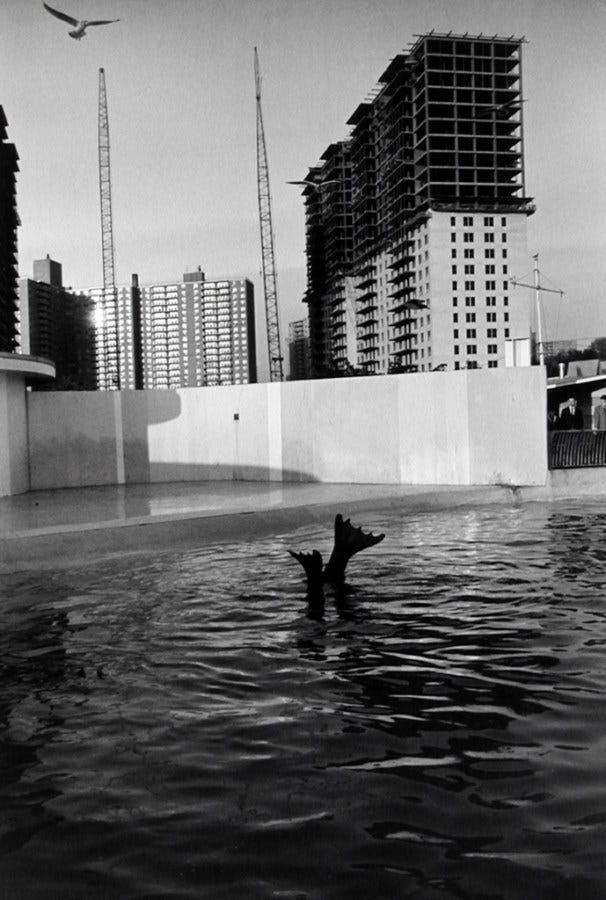
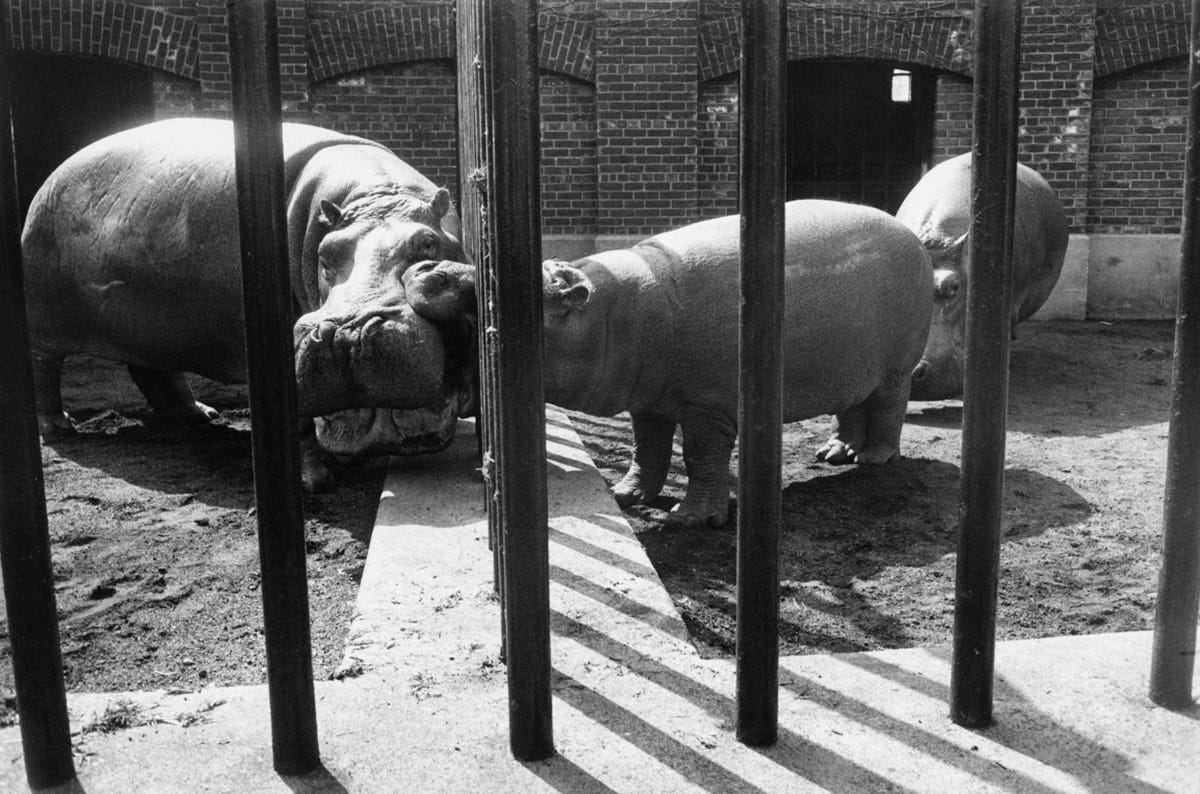
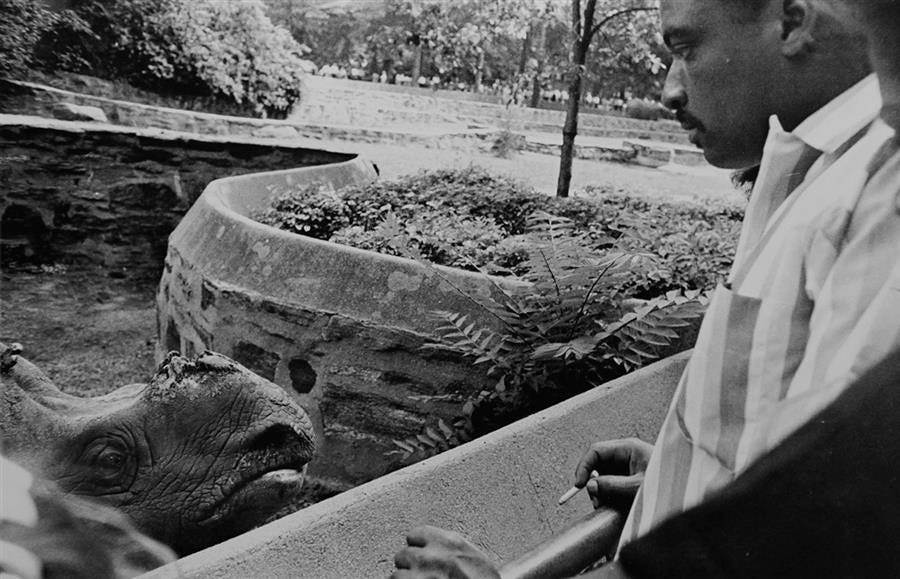

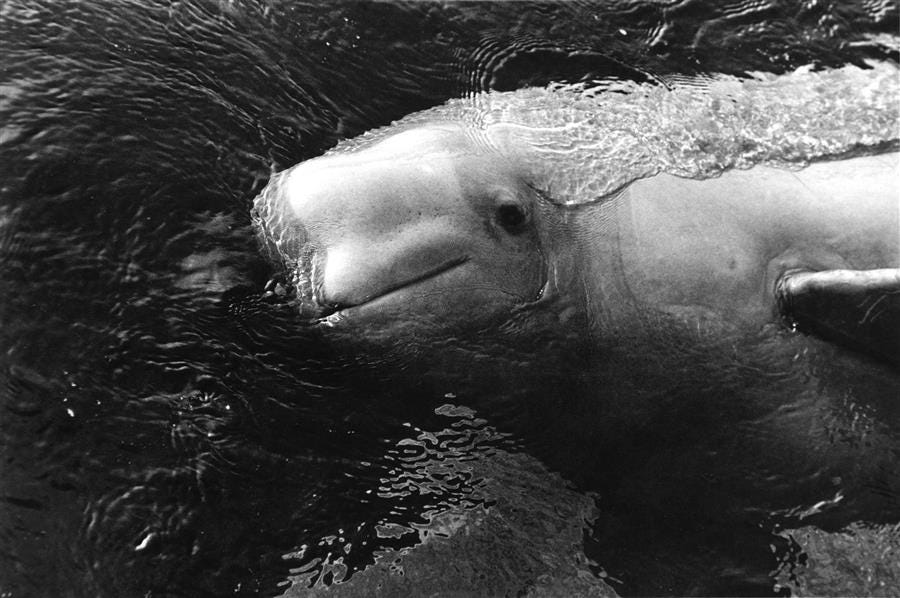
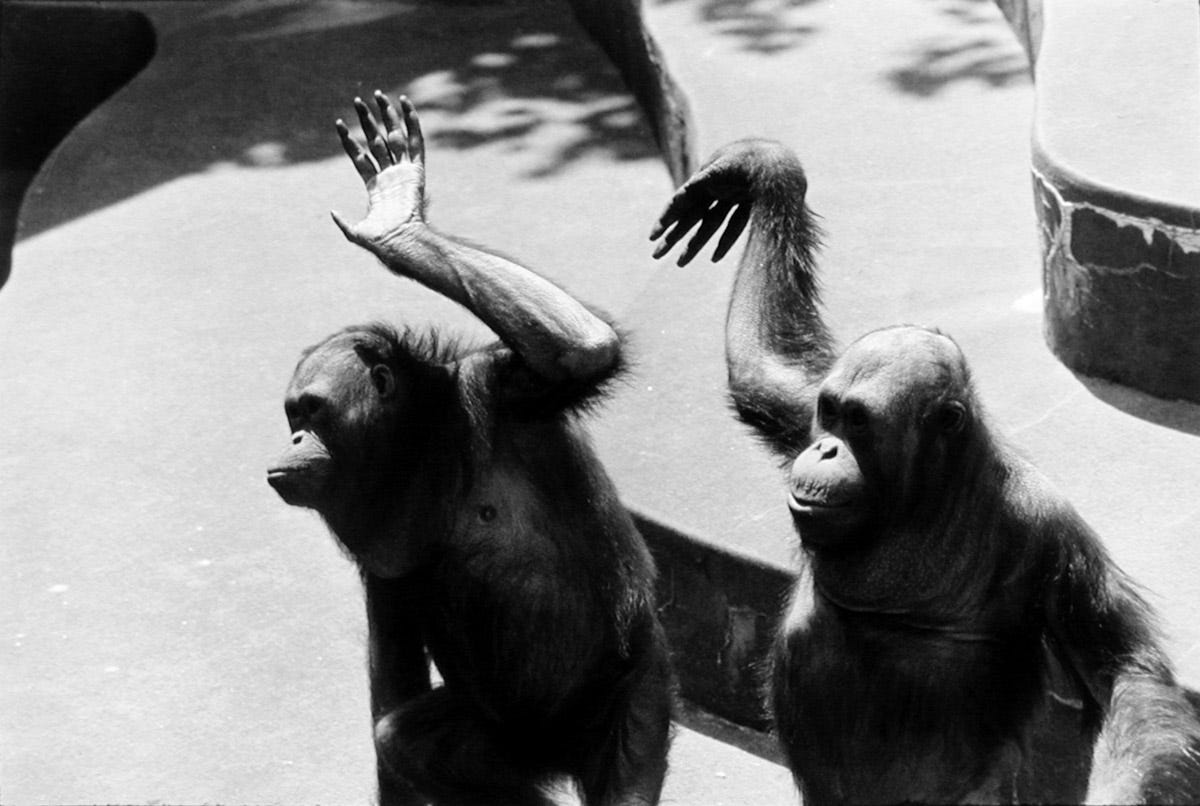
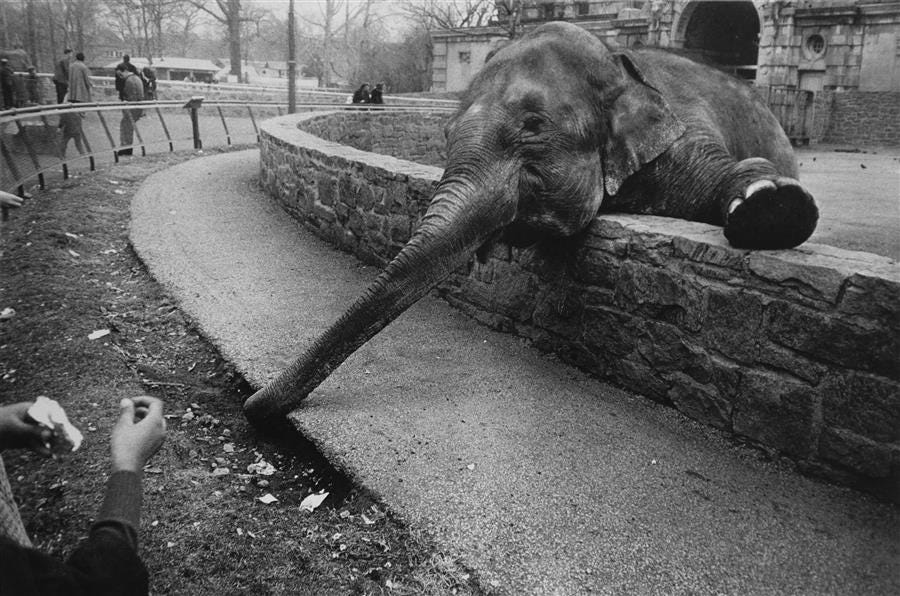
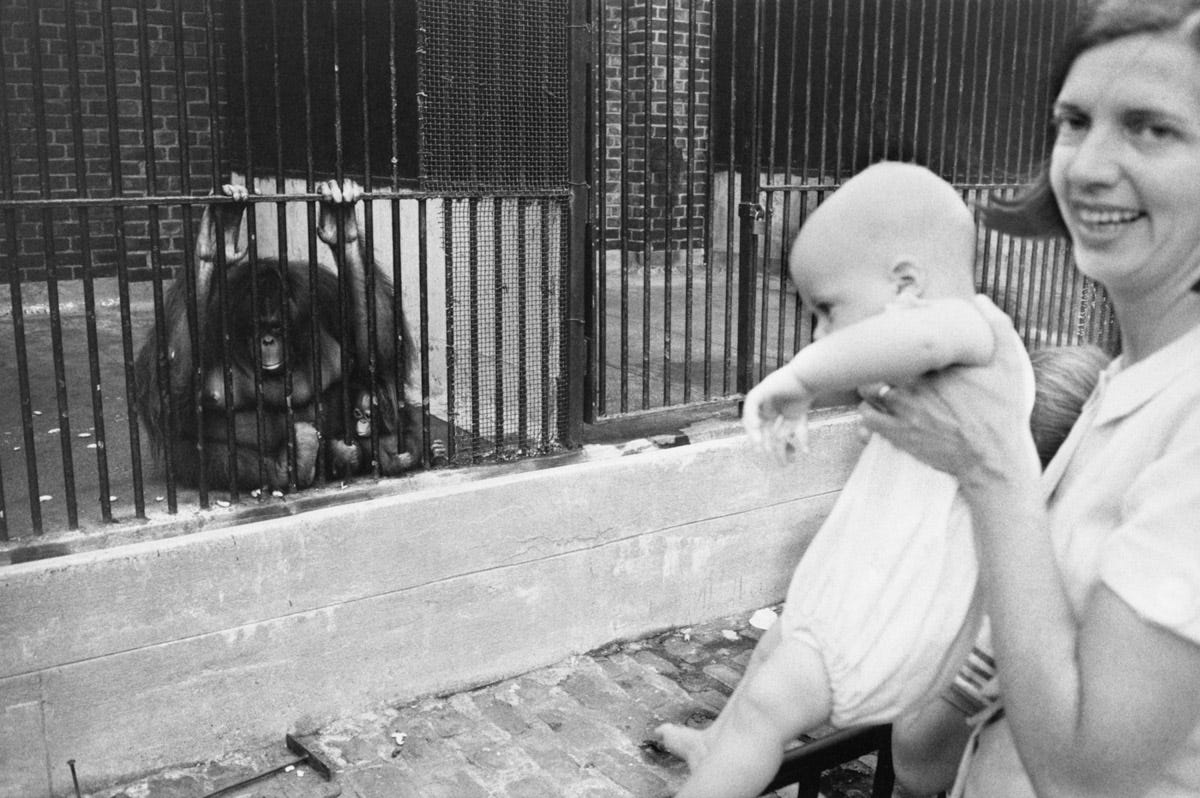
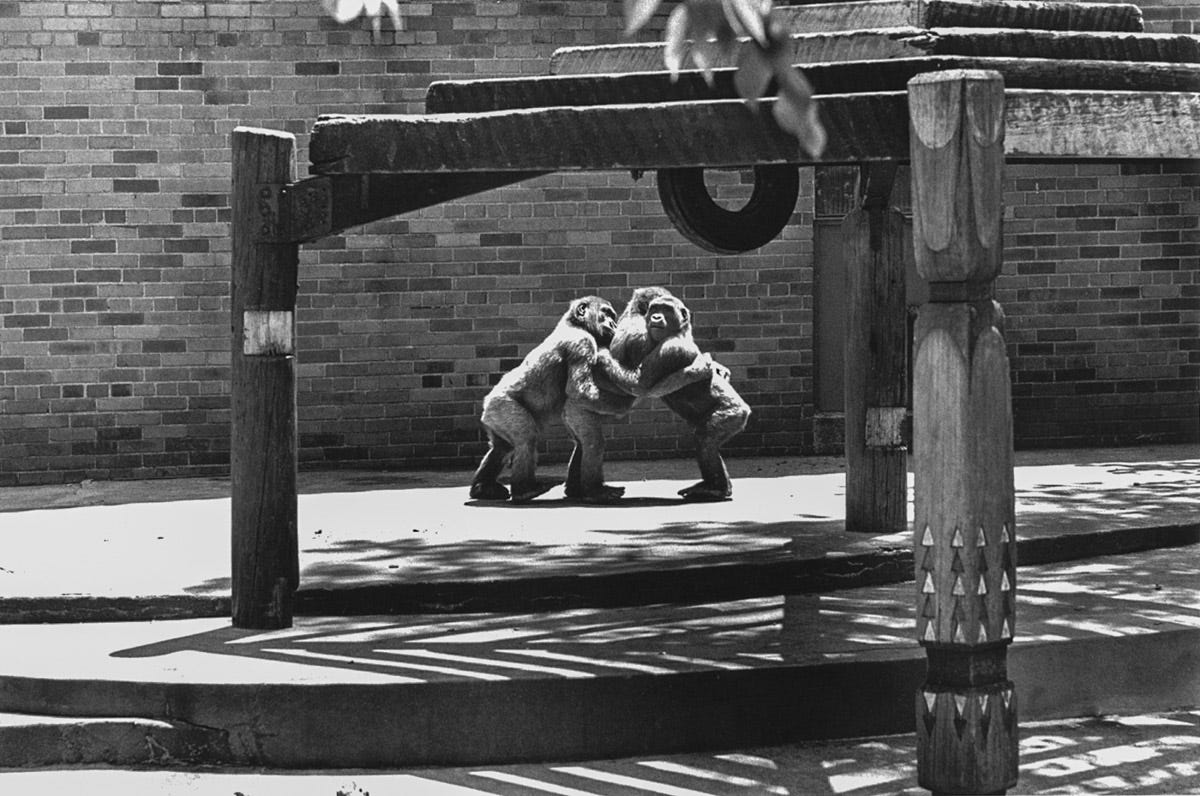
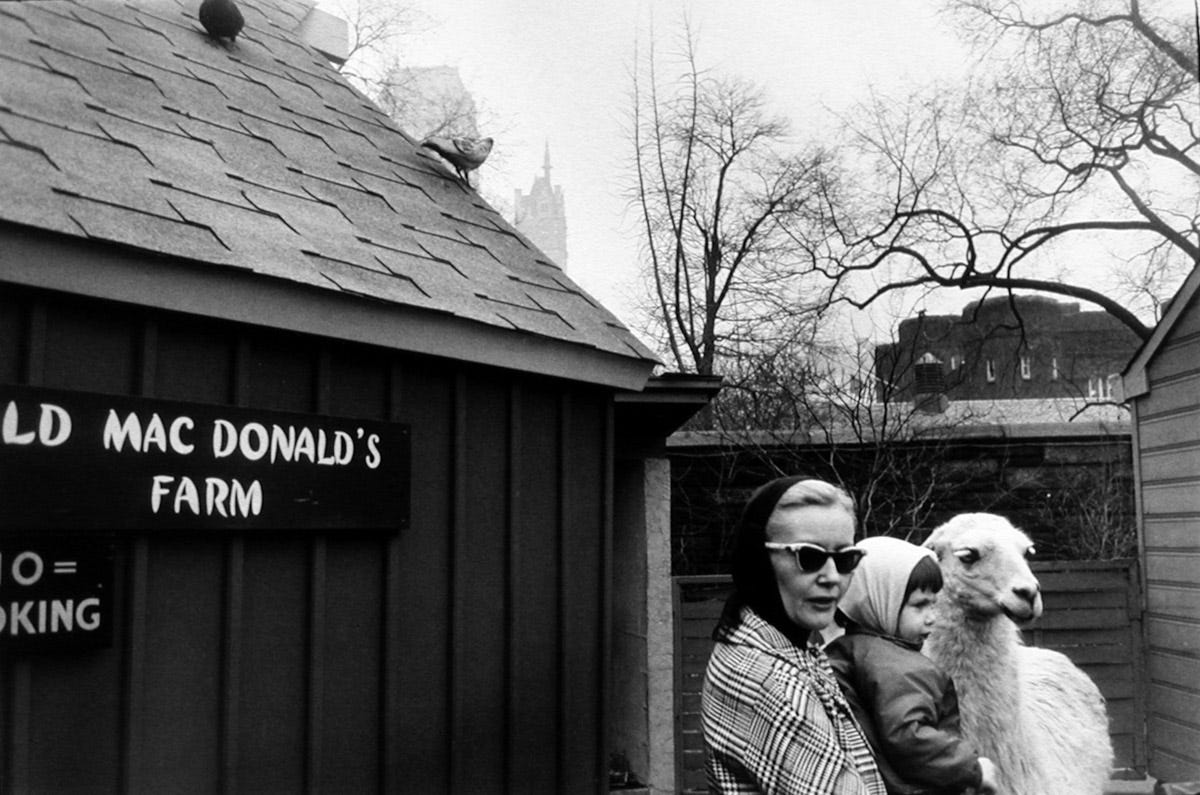
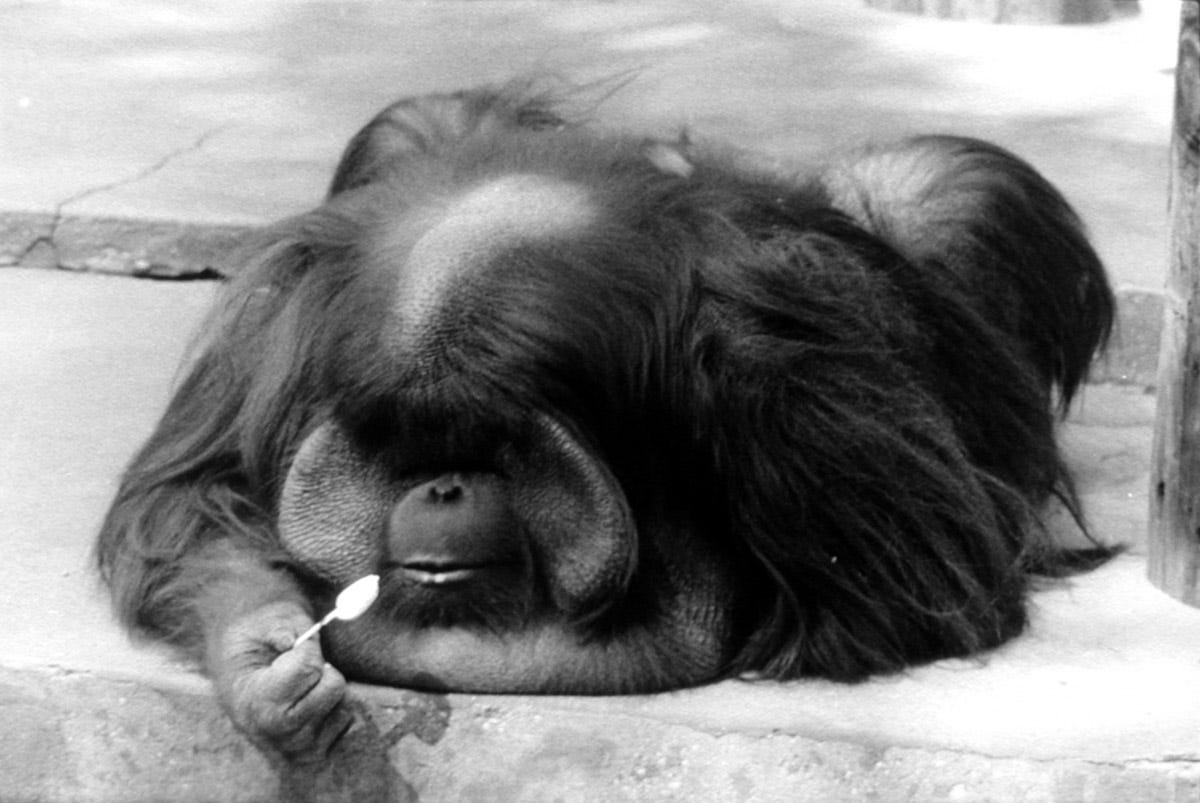
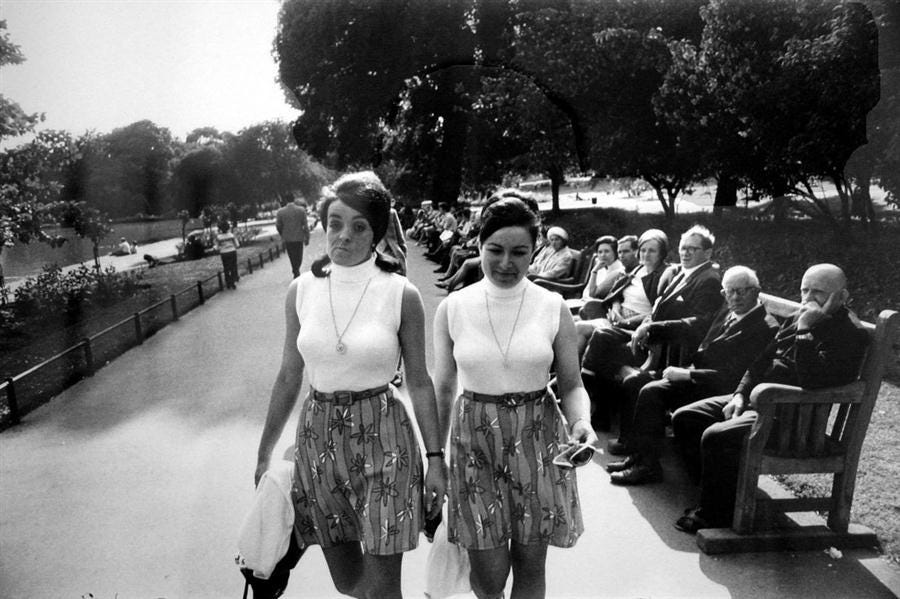
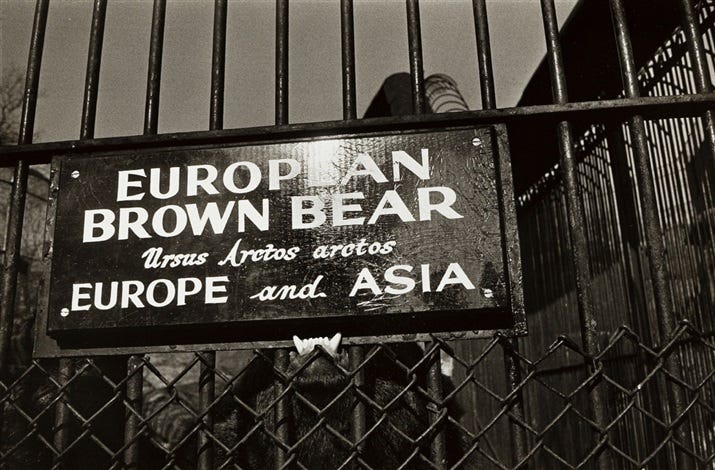
Awesome! Thanks for this, Bailey.✌️📸
So many fantastic quotes in this to go along with Winogrand's always arresting images. If getting good pictures was simply a matter of taking thousands upon thousands of them, we would have a lot more modern day Garrys than we do